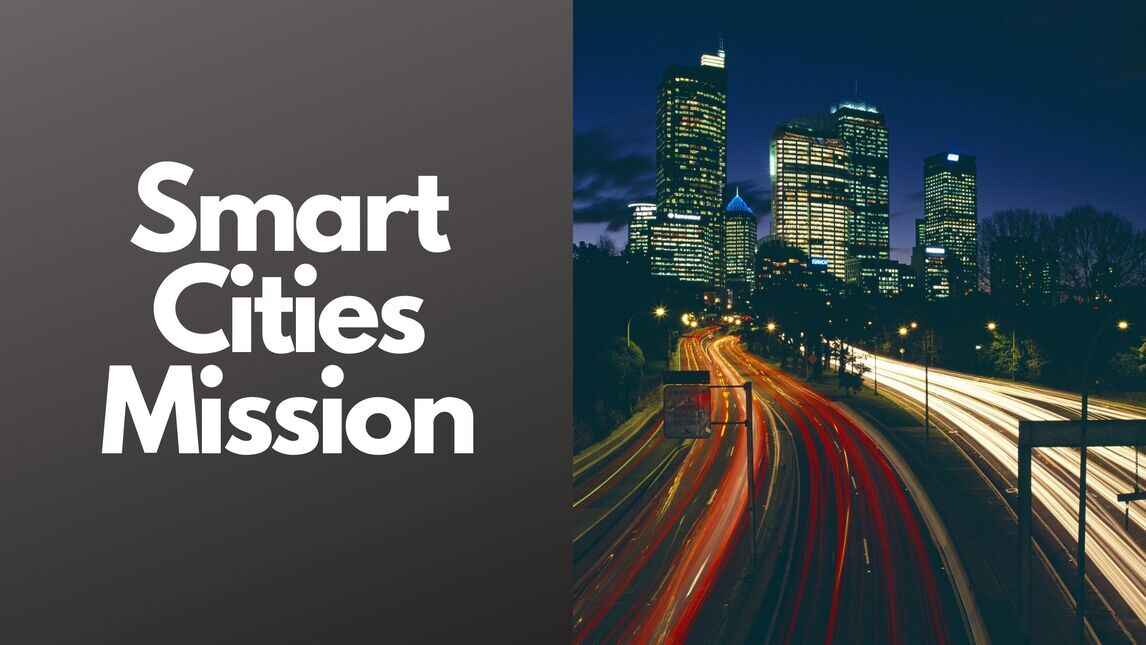7 Crore+ Customers

Affordable Premium

7 Crore+ Customers

Affordable Premium



Indian cities currently accommodate 31% (as per Census 2011) of the country's total population, which contributes to 63% of GDP. By 2030, individuals can expect this number to rise to 40% in urban areas and GDP contribution to 75%. Indian cities require institutional, physical, social and economic infrastructure to ensure this growth.
India can reach that mission by 2030 only by improving the quality of living and enhancing the scope for investment. It is here that the concept of smart cities and, subsequently, Smart Cities Mission became necessary.
Willing to know more about Smart Cities Mission? Stay tuned!
Launched on 25th June 2015, Smart Cities Mission is a new initiative by the Government of India. This mission focuses on sustainable and inclusive development and aims to create a prototype that other aspiring cities can follow. Currently, the Government has selected 100 cities to build up as Smart Cities. All works regarding this mission will be underway through two phases.
Before delving deep into Smart Cities Mission, let’s learn about smart cities at first.
Smart City stresses upon the basic needs of individuals and utilises maximum opportunities to improve people’s lives.
A lot of approaches are applicable in creating smart cities. These are urban planning best practices, public-private partnerships, policy change, digital and information technologies. These cities always prioritise people and their needs.
Now that individuals know about Smart Cities Mission and, more importantly, Smart City, we can learn the objective, strategy, and other aspects.
The main objectives of the Smart Cities Mission are as follows -
Smart City Mission scheme follows the below-mentioned strategies -
Below is a list of core smart infrastructure elements of smart cities -
The government is planning to implement Smart Cities Mission in the following ways,
By now, the implementation of the Smart Cities Mission is clear to you.
Now, do you know for how long this mission has continued or who provided the funding?
Read on the following sections and you will get the answers.
Smart Cities Mission will complete the tasks in five years window from FY 2015-16 to FY 2019-20. This mission may continue afterwards as per the Ministry of Urban Development's evaluation as per the outcomes of this mission.
Smart Cities Mission works as a Centrally Sponsored Scheme hence, gets ₹48,000 crores over five years. It means this mission receives ₹100 crores per city per year (on an average). The State Government/ULB must provide the same amount for completing this mission. Therefore, each city gets ₹1 lakh crore for the development of smart cities.
20 Winning Cities
13 Fast Track Winning Cities
Read the details to understand the role of the Government in implementing the Smart City Mission.